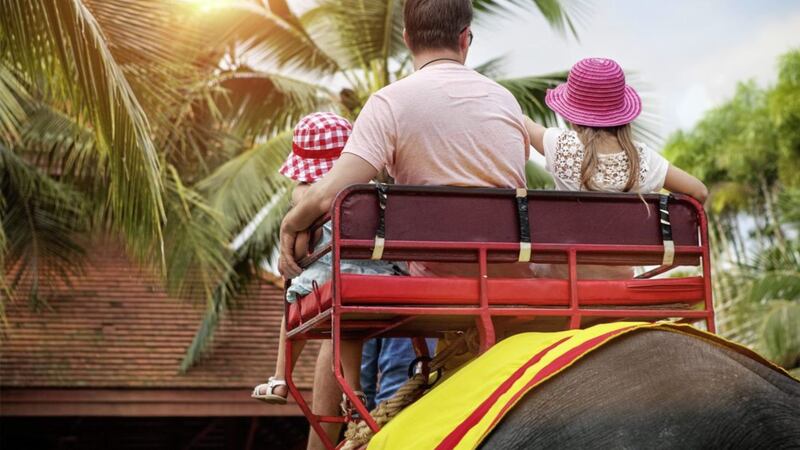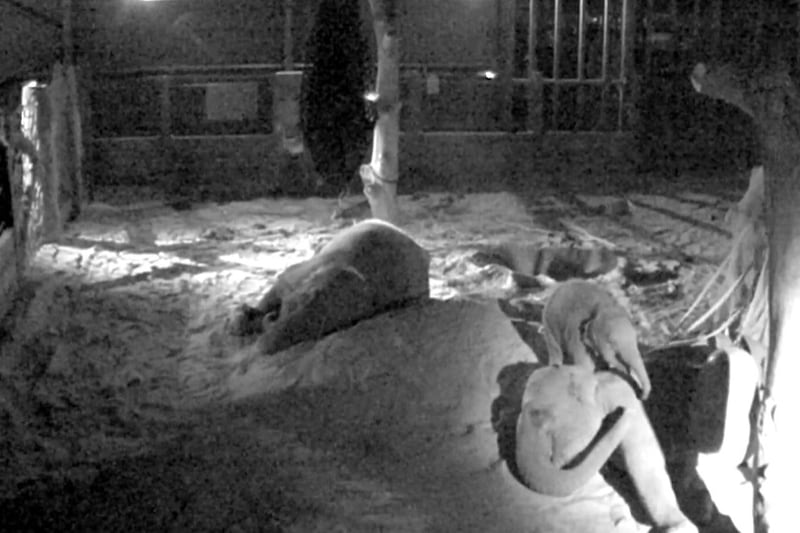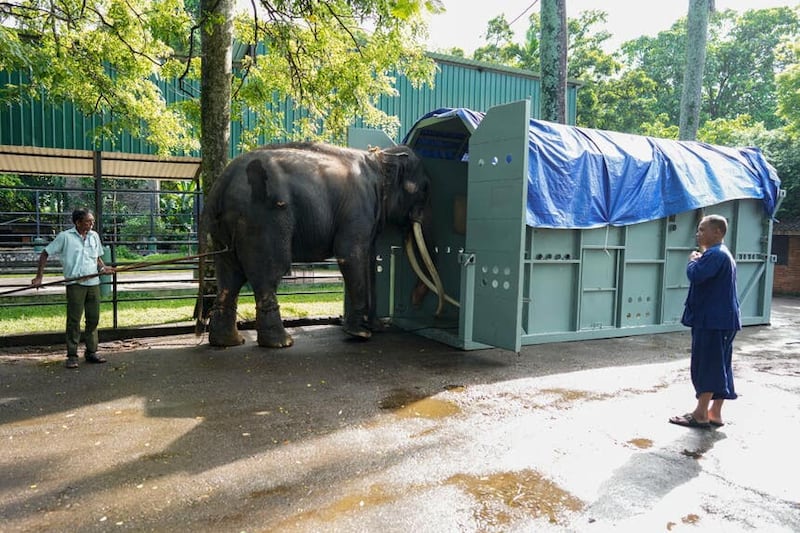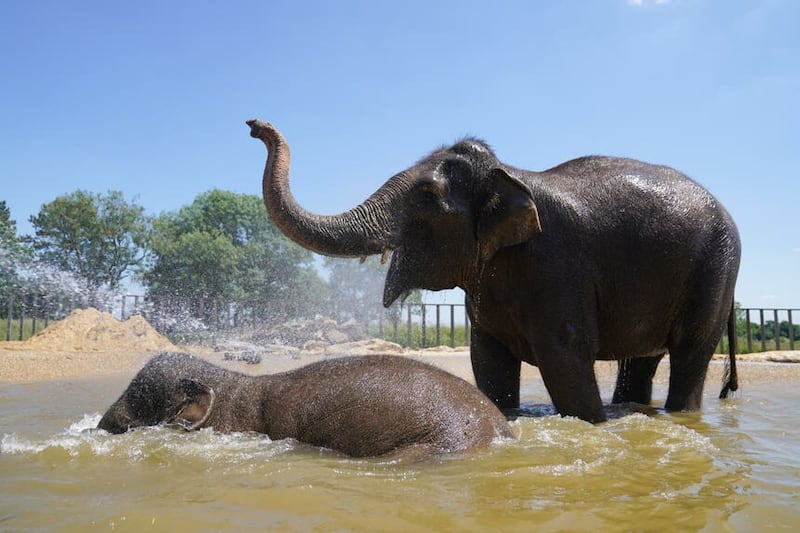PERHAPS it's because we're tactile creatures at heart, but there's something about basic human nature that makes us want to physically connect with animals. Not satisfied by simply admiring from afar, we're increasingly compelled to pet, touch or be as close as possible to wild, exotic and often endangered species.
Such demand has given rise to a number of interactive wildlife experiences, but unfortunately not all of them have the animals' best interests at heart.
To help consumers make the right choices, travel association ABTA has updated its Animal Welfare Guidelines, which are used to inform tour operators about the products they should – and shouldn't – be selling.
Along with upgrading their advice about activities with elephants in captive environments, they now class tourist contact or feeding of great apes, bears, crocodiles or alligators, orcas, sloths and wildcats as unacceptable. All of this is based on consultation with NGOs such as World Animal Protection, Humane Society International, Born Free Foundation, World Cetacean Alliance and Whale and Dolphin Conservation.
If you're hoping to fill 2020 with animal encounters, make sure you pick the right activities by following the guidance below.
- Don't... pose for selfies with sloths
OK, so they look cute, but using a sloth as a photo prop is plain cruel. Handling the animal can cause both physical and psychological stress.
- Do... seek them in the wild
Two species of sloth can be found almost all over Costa Rica, making this one of the best places to see them. Often seen hanging from tree branches, they come down to defecate – so if you're lucky, you may find them at ground level.
How: Exodus (exodus.co.uk; 020 3553 2172) offers the 10-day Natural Highlights Of Costa Rica escorted tour from £1,449pp (two sharing). Excludes flights. Various departures.
- Don't... go for a stroll with lions
The thought of taming a jungle king can be tempting. Who hasn't wanted to cuddle up to a Simba without being clawed? Multiple petting parks offer the opportunity to walk with lions, although sadly, many end their lives in game farms dedicated to canned hunting.
- Do... join a walking safari
It is possible to encounter big cats on foot if done so in the company of an experienced, armed ranger. Zambia's South Luangwa National Park is regarded as the birthplace of walking safaris, which provides far more authentic – and thrilling – encounters.
How: Expert Africa (expertafrica.com; 020 3405 6666) offers an eight-day tailor-made Robin Pope Walking Safari in Zambia from £3,870pp. Excludes flights.
:: Don't... bathe or ride with elephants
In a 2017 report, World Animal Protection found that 80 per cent of the 3,000 elephants used at tourist venues across Asia were living in 'severely inadequate conditions'. On that basis, certain forms of elephant entertainment should be avoided.
- Do... support animals and communities by visiting a sanctuary
Located in Chiang Mai, ChangChill was set up as an alternative to many of the invasive elephant activities sold in Thailand, providing a new form of employment for mahouts. Rather than interact with animals, visitors are encouraged to marvel at them in the wild.
How: A full-day trip to ChangChill costs 2,500THB/£63 per person. Visit changchill.com.








